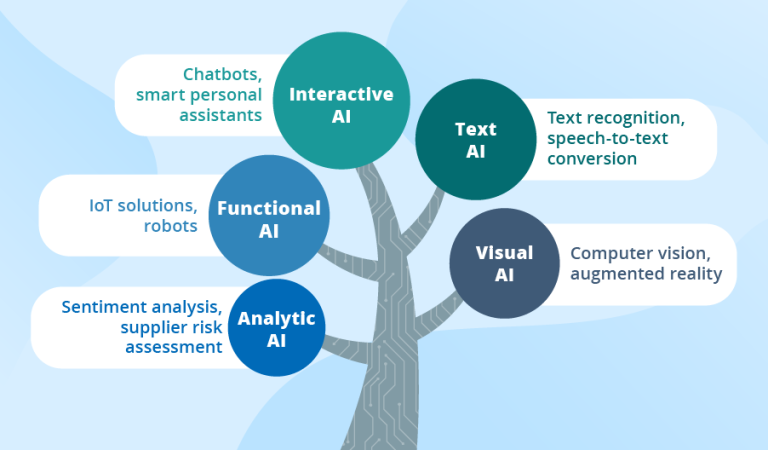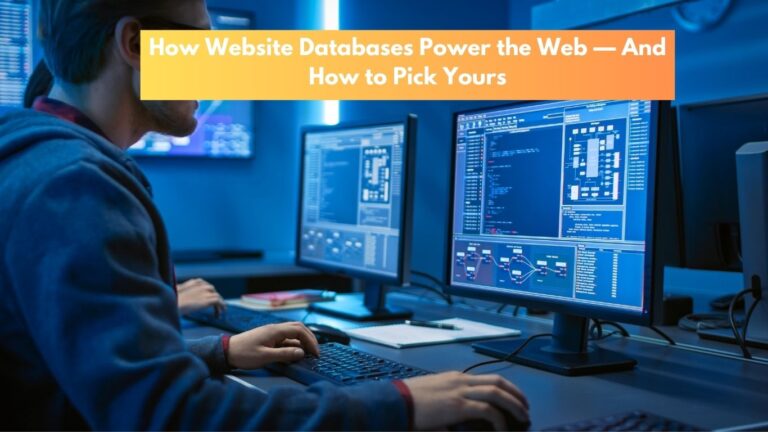When businesses plan to launch a new software product, they often focus on two critical aspects: how the software will be built and how the product will live in the market. These two aspects are governed by two different but related concepts — the Software Development Life Cycle (SDLC) and the Product Life Cycle (PLC).
At first glance, these terms might sound similar. After all, they both involve “life cycles” and both aim to deliver successful products. However, the SDLC is all about the technical process of building and maintaining software, while the PLC is about the business and market journey of that product from launch to retirement.
Understanding the differences and connections between them is essential for making smarter decisions, reducing risks, and maximizing both technical quality and market success.
This guide will walk you through everything you need to know about SDLC vs PLC, including clear definitions, key differences, real-world examples, and actionable best practices.
What is the Software Development Life Cycle (SDLC)?
The Software Development Life Cycle is a structured approach to creating software applications. It outlines the stages, processes, and best practices that guide teams from an initial idea to a finished product — and beyond, into maintenance and upgrades.
![Software Development Life Cycle vs Product Life Cycle: A Comprehensive Comparison for Global Markets [ 2025 Update]] 3 SDLC vs PLC 2](https://hblabgroup.com/wp-content/uploads/2025/08/SDLC-vs-PLC-2.jpg)
Core Goals of SDLC
- Deliver software that meets user needs.
- Maintain high quality through structured processes.
- Control costs and timelines.
- Ensure maintainability and scalability.
Common SDLC Phases
- Planning – Defining scope, objectives, budget, and timelines.
- Requirements Analysis – Gathering and documenting what the software must do.
- Design – Outlining architecture, UI/UX, and technical specifications.
- Development – Writing, compiling, and integrating the code.
- Testing – Identifying and fixing bugs through rigorous QA processes.
- Deployment – Releasing the software to users.
- Maintenance – Ongoing updates, patches, and performance improvements.
Popular SDLC Models
- Waterfall – Linear, step-by-step progression.
- Agile – Iterative development with flexibility for changes.
- Spiral – Combines iterative design with risk management.
- V-Model – Focused on testing at every development stage.
What is the Product Life Cycle (PLC)?
The Product Life Cycle describes the stages a product goes through in the market — from its launch to its eventual withdrawal.
PLC Stages
- Introduction – Product enters the market, requiring heavy investment in marketing and awareness.
- Growth – Sales increase, customer base expands, competitors emerge.
- Maturity – Sales growth slows; competition is intense; focus shifts to differentiation.
- Decline – Sales and market share drop; decisions are made about discontinuation or replacement.
Why PLC Matters
Understanding PLC helps businesses:
- Anticipate market changes.
- Optimize marketing strategies.
- Plan product updates and replacements.
- Allocate resources where they’ll have the greatest impact.
SDLC vs PLC: Key Differences at a Glance
| Aspect | SDLC | PLC |
| Focus | Technical development process | Market and business journey |
| Scope | Creating and maintaining software | Managing a product from launch to retirement |
| Duration | Repeats for each version or release | Spans the entire market lifespan |
| Metrics | Code quality, defect rates, delivery timelines | Market share, revenue, customer adoption |
| Stakeholders | Developers, testers, project managers | Product managers, marketing, sales, executives |
How SDLC and PLC Overlap
Even though SDLC and PLC have different focuses, they are deeply interconnected.
- A new product launch in PLC often requires a full SDLC cycle.
- During the growth stage, SDLC may focus on adding features quickly to stay competitive.
- In the maturity stage, SDLC shifts toward optimization and stability.
- As the product enters decline, SDLC resources may move toward building its successor.
Real-World Example: SaaS Project Management Tool
Let’s take a cloud-based project management platform as an example.
- PLC Introduction → Initial SDLC builds version 1.0 with core task-tracking features.
- PLC Growth → Agile sprints deliver new integrations and mobile apps.
- PLC Maturity → Focus moves to performance tuning, security, and advanced reporting.
- PLC Decline → Development shifts toward a next-generation platform with AI features.
Benefits of Managing Both SDLC and PLC Together
- Better coordination between development and business teams.
- Smarter investments aligned with product stage.
- Reduced risk of launching features that won’t have market impact.
- Higher ROI through synchronized release planning.
Common Pitfalls to Avoid
- Treating SDLC and PLC as unrelated processes.
- Over-investing in new development during product decline.
- Ignoring customer feedback during SDLC.
- Choosing the wrong SDLC model for the product’s stage.
Best Practices for Aligning SDLC with PLC
- Match SDLC Models to PLC Stages – Agile during growth, Waterfall for stable maturity, etc.
- Use Real User Data – Let customer feedback guide development priorities.
- Invest in Security and Compliance – Especially important in maturity and decline stages.
- Review Both Cycles Together – Hold joint SDLC/PLC review sessions quarterly.
HBLAB – Your Trusted Partner for SDLC & PLC Success
At HBLAB, we don’t just develop software — we help you manage the entire product journey.
![Software Development Life Cycle vs Product Life Cycle: A Comprehensive Comparison for Global Markets [ 2025 Update]] 4 HBLAB – Your Trusted Partner for SDLC & PLC Success](https://hblabgroup.com/wp-content/uploads/2025/08/CQZ_5097-3-scaled.jpg)
Why companies choose us:
- Global Reach: Headquarters in Vietnam with branches in Australia, Singapore, Japan, and South Korea.
- Strong Talent Pool: Over 630+ professionals, with 30% senior-level experts who have more than five years of experience in complex projects.
- Clear Communication: Fluent English-speaking engineers for smooth collaboration.
- Flexible Engagement Models: BOT (Build–Operate–Transfer), offshore, onsite, and dedicated teams.
- Cost Advantage: High-quality delivery at up to 30% lower costs than local markets.
- Diverse Tech Skills: Expertise in multiple programming languages and frameworks.
- Quality & Security: Certified CMMI Level 3 processes for robust security and efficiency.
Whether you need a fast MVP, enterprise-grade development, or ongoing product lifecycle management, HBLAB has the expertise and scalability to deliver.
Conclusion
The Software Development Life Cycle and Product Life Cycle are two sides of the same coin. One focuses on how to build the product, the other on how the product survives and thrives in the market.
When you understand how they interact — and manage them in harmony — you can deliver software that is both technically sound and commercially successful.
If you’re looking for a partner who can align SDLC excellence with PLC strategy, HBLAB is ready to help you achieve long-term success.
Frequently Asked Questions (FAQs)
1. Do SDLC and PLC happen at the same time?
Yes, in many projects they overlap. For example, the final deployment stage of the SDLC often coincides with the introduction stage of the PLC. New SDLC iterations may happen during PLC growth and maturity to release updates or new features.
2. Which comes first: SDLC or PLC?
The SDLC typically begins first during product concept and development. However, PLC planning starts early as well, since market strategy influences development decisions.
3. Which lifecycle is more important for startups?
Both are equally important. Startups need a strong SDLC to build a reliable MVP quickly and a well-planned PLC to enter and grow in the market effectively.
Read more:
– Find Your Ideal Software Development Partner: A Guide to Unlocking Innovation and Growth
– Software Development Requirements: The Blueprint for Successful Projects




